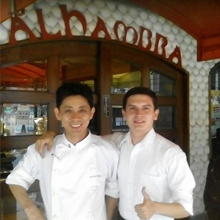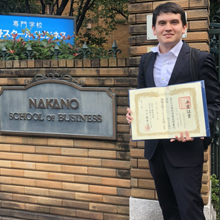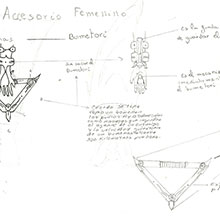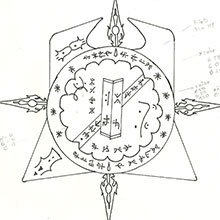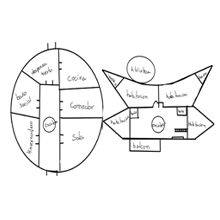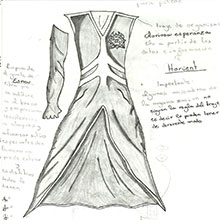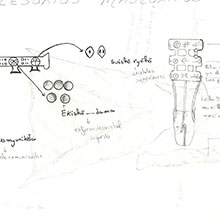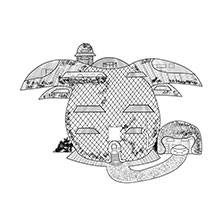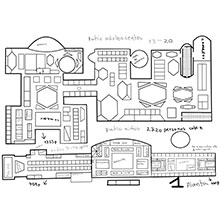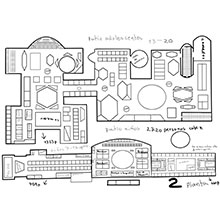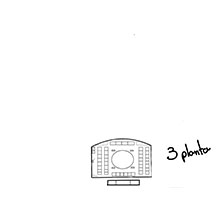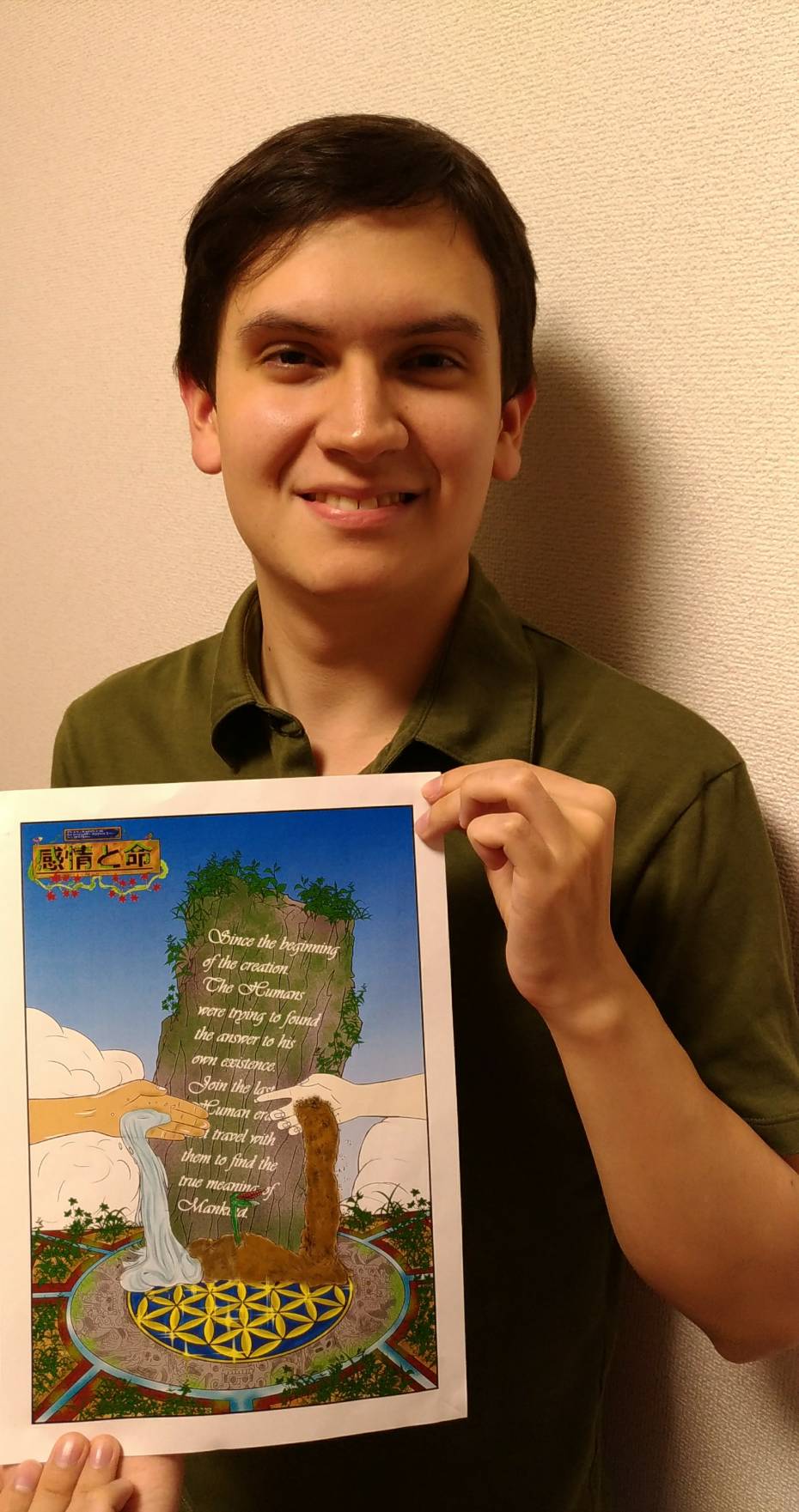
First of all, I would like to thank you for taking the time to visit my website.
Your interest means so much to me.
My name is Alejandro García Vidal.
What do I intend to do with this manga?
This manga and its characters are the most precious things I have in this world. I love them like my children.
My goal is not to become the best mangaka or comic artist in the world, but to create a manga that makes people reflect on the meaning of life.
I don’t want to exploit my characters or the story, turning it into a product that exists only to please fans and lacks a soul.
Think of this as a non-mainstream manga.
I have a story to tell you—a story that has already been planned from beginning to end. I will not change anything I originally envisioned.
As for working with companies in the future for possible adaptations into movies, anime, or video games—yes, I would love that.
But under one non-negotiable condition:
“The adaptation will only be done under my supervision throughout the entire project, and the final word will always be mine.”
By maintaining 100% control over my manga, I have complete freedom of expression, and my work does not depend on the decisions of any editor or publisher.
In this privileged position, I can draw what I want, when I want.
However, the other side of the coin is that I don’t have a company to protect or promote my work.
But that doesn’t mean my work is unprotected from plagiarists!
As we know, websites are constantly changing due to updates, and because of that, instead of going through the copyright process every time I create something new,
I protect my website domain name.
Now that I’ve clarified the most important points, I’d like to tell you my story.
I was born in Cali, Valle del Cauca, Colombia, on January 25th, 1995.
My manga was originally titled El Sentimiento de la Vida in Spanish. Translated into English, it means The Sentiment of Life.
I started drawing the first concept art for The Sentiment of Life back in 2008. At the beginning, they were just kids’ drawings…
But over time, the story and the characters became deeper.
The years passed… In 2014, I stopped drawing.
I was struggling with life, feeling like it had no meaning. I didn’t know what to do.
Everyone around me was telling me to study for one of those office jobs—working on something you don’t like, just to earn money and pay rent, living expenses, etc.
I felt completely lost.
I wasn’t going out to have fun, I had only one friend, and I spent hours in my room playing video games and watching thousands of animation videos.
Until one day, my mother and I had a long and deep conversation about who I was and the kind of person I wanted to become.
We started looking through old photos and remembering past times. That’s when I found an old folder full of drawings.
As we looked through them, I began remembering the story and characters I had created back in 2008.
So I looked at my mom and said, “I want to draw a manga. I want to take these ideas seriously and become a professional manga artist.”
She told me, “It’s going to be a really long and painful process, but if this is your choice, I’ll support you.”
I spent all of 2014 and 2015 gathering the pieces of my characters and ideas, building a strong storyline, writing a script, and doing a lot of character and world design.
Around that time, I also became interested in going to Japan. I had watched a lot of anime and really liked how it portrayed Japanese life and culture.
I told my mom I wanted to go overseas, to Japan.
At first, she didn’t like the idea, but I started doing research and found that many people had gone there as students to learn Japanese.
But I had no idea of the nightmare I was about to face.
To study in Japan, you need to prepare many things—one of the biggest being money.
You need around $8,000 in your bank account for Japanese immigration to allow you to apply for a student visa.
You also need 12 years of academic education and a school in Japan that accepts you.
Once accepted, the school sends you a confirmation postcard.
You must also find a place to live while you study.
In my case, I chose a share house called Borderless House, along with many other steps I’d rather not remember.
I thought it would be impossible, but my mother and I managed to complete everything I needed to go to Japan.
That’s when my adventure began.
In 2016, I started my crazy dream of becoming a mangaka in Japan. First, I went to a Japanese language school to learn the language so I could eventually translate my manga properly.
I studied hard for six months.
But my Japanese didn’t improve as much as I hoped. Since I had only paid for six months of classes, time was running out. I talked to my mother again, and she helped me pay for another six months.
Thanks to that, I had more time to draw and improve my Japanese.
My share house was near Uguisudani Station, and my school was near Iidabashi Station. I walked to school every day—57 minutes each way—so I didn’t have to pay for the train, and it gave me the chance to enjoy the city.
One day, tired of seeing the same roads and buildings for six months, I decided to take a different route.
Almost at school, I found a manga editorial office and was stunned.
I stood there in silence for 10 minutes, staring at the building. I knew I had to take the leap and show my manga to an editorial someday, but I was scared. I didn’t know how to express myself well in Japanese.
I was incredibly nervous, but I told myself it was now or never. Even if just to get feedback, I had to try.
It was July 8th, 2016. I walked into the building and talked to the receptionist about showing my manga.
(Sorry—I can’t remember the name of the editorial.)
They gave me an appointment for the following week.
The day of the appointment arrived. I was terrified. I wasn’t even fully prepared to show my manga.
But I knew I had to take this step forward.
The editor and his assistant came into the waiting room. I introduced myself and opened my laptop to show them my work. After a few moments of silence, the editor asked,
“Are you sure this manga fits with this editorial?”
When he said that, something inside me laughed uncontrollably. It turns out the company specialized only in shōjo manga!
And I didn’t even know what shōjo manga was at the time.
It was pretty pathetic—I didn’t know the differences between manga demographics: shōnen, shōjo, seinen, and josei.
After that embarrassing moment, I took time to understand where my manga fit.
I decided it was seinen.
Once again, I started looking for publishers that matched my demographic. I found Kodansha Comics.
I told myself this time would be different, and I called Kodansha to request an appointment with an editor.
It was July 22nd, 2016. I stood in front of the Kodansha Comics building…
In the video, I say:
"Well, here I am, standing in front of Kodansha. It's a huge building—wish me luck."
Once inside, I spoke to the receptionist, and she told me to wait for the editor on one of the sofas.
The editor arrived about 10 minutes later. I was getting more and more nervous as time passed.
Finally, he appeared and guided me to the second floor. Once there, I showed him my manga.
After reading it, we talked for a while about the page structure, panel separation, and the quality of the Japanese translation.
The translation I had done was very poor—the kanji were too small, and it was difficult to understand what was going on.
But the editor told me I had a very good idea and that he would like to see it better developed.
He then gave me some advice on how to improve my drawings, my storyboard, and more.
At the end of our conversation, I told him I would come back once I had redone my manga.
Unfortunately, I couldn't do that. Things got more and more complicated in Japan.
I had to start working to pay for my rent and food—I couldn’t depend on my mother’s money forever.
So, I started working at a Spanish restaurant called Alhambra.

